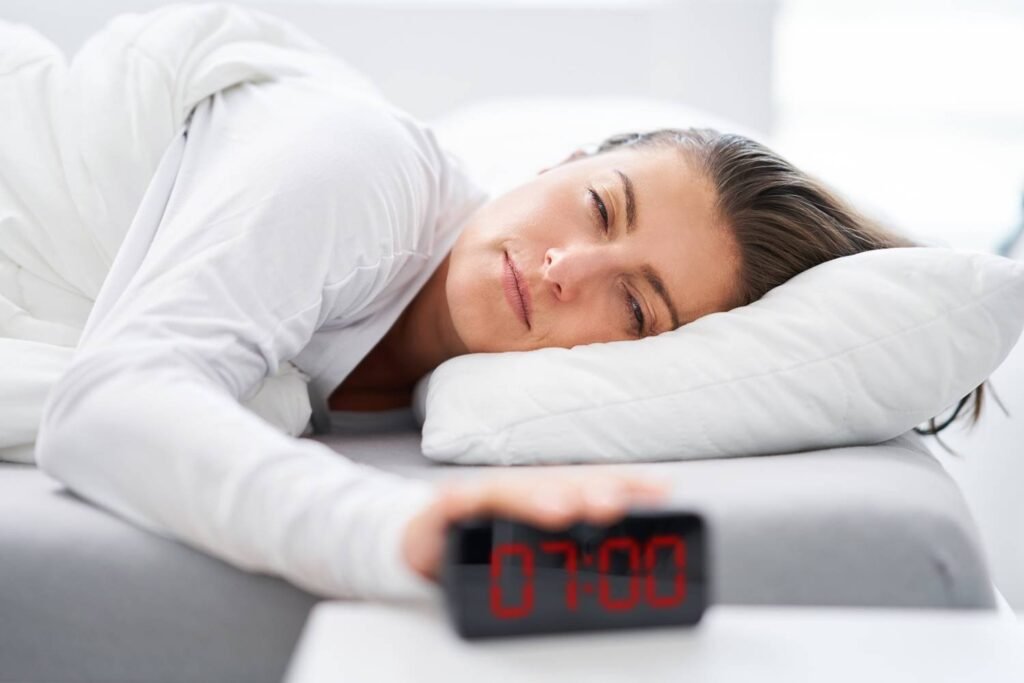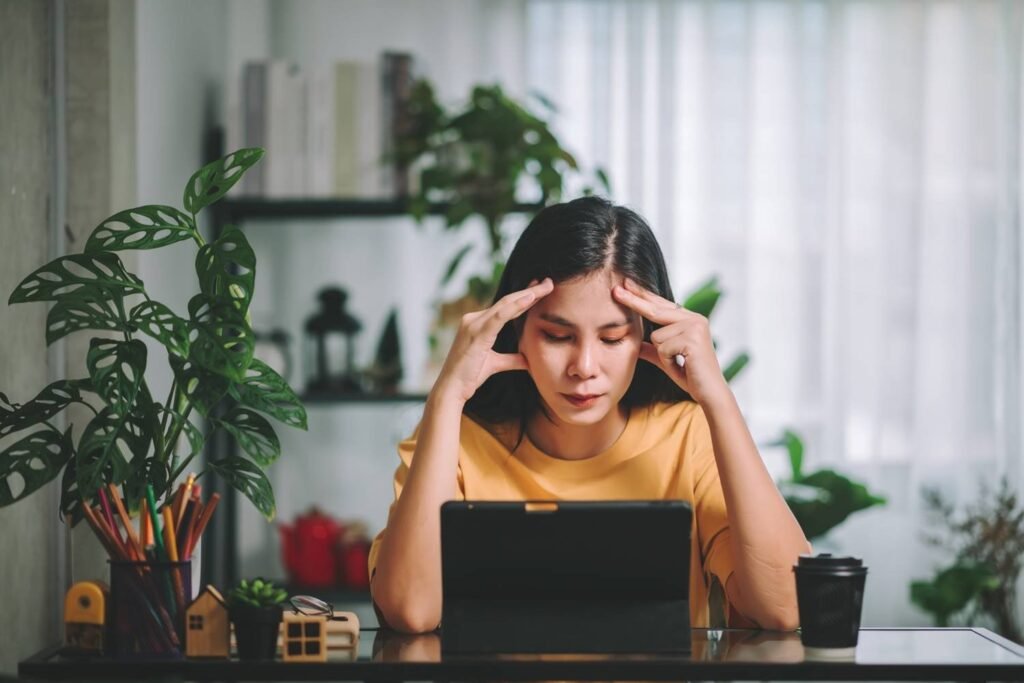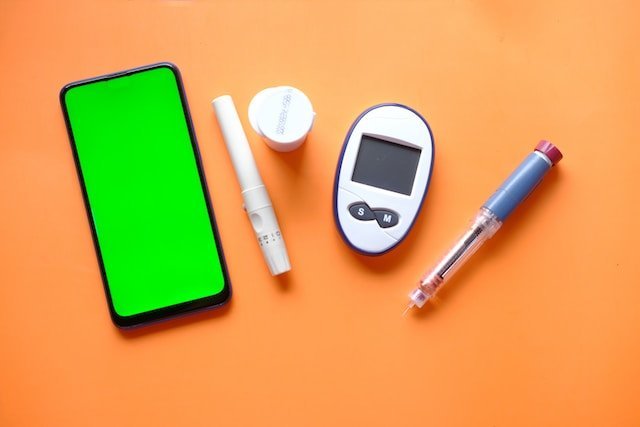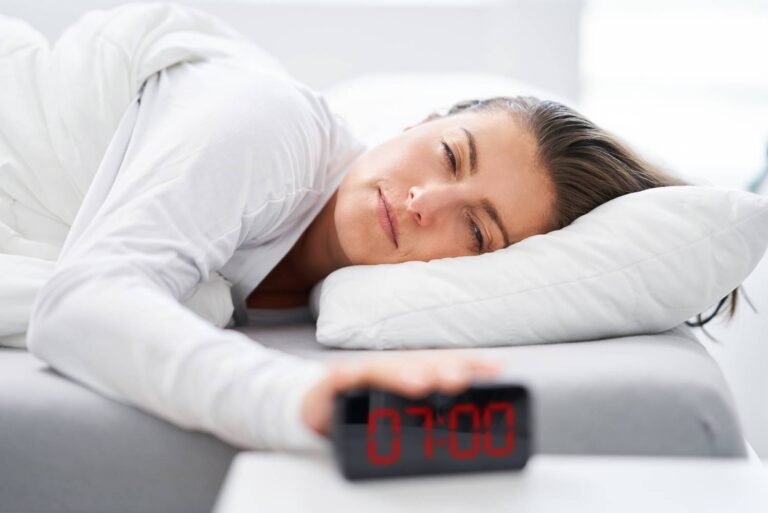Heat exhaustion is a heat-related illness that occurs when the body becomes overheated and is unable to cool itself down effectively. It typically happens as a result of prolonged exposure to high temperatures, especially when combined with high humidity. Heat exhaustion is a milder form of heat-related illness compared to heatstroke, but it should still be taken seriously as it can lead to more severe conditions if not treated promptly.

Common symptoms of heat exhaustion include:
- Heavy sweating
- Weakness or fatigue
- Dizziness or lightheadedness
- Nausea or vomiting
- Headache
- Muscle cramps or spasms
- Cool, clammy, or pale skin
- Rapid heartbeat
- Elevated body temperature (usually less than 104°F or 40°C)
If someone is experiencing heat exhaustion, it is important to take immediate steps to cool them down and prevent it from progressing to heatstroke.
Here are some recommended actions:
- Move the person to a cooler place, preferably into an air-conditioned environment or at least into the shade.
- Have them drink cool, non-alcoholic, and non-caffeinated beverages to help rehydrate. Water or oral rehydration solutions are good choices.
- Use fans or apply cool, damp cloths to their skin.
- Encourage the person to rest and lie down with their legs elevated to help improve blood flow.
- If their condition doesn’t improve or worsens, seek medical attention promptly.
Heat exhaustion is a serious condition, and if left untreated, it can progress to heatstroke, which is a life-threatening emergency. Heatstroke is characterized by a high body temperature (often exceeding 104°F or 40°C), confusion, altered mental state, seizures, and hot, dry skin. Preventing heat-related illnesses by staying hydrated, staying cool, and avoiding excessive heat exposure is crucial, especially during hot weather.
When is Heat Exhaustion Alarming and needs to be treat at home:
Heat exhaustion can become alarming when the symptoms are severe or when they don’t improve with basic first-aid measures. It’s essential to be vigilant and take the following signs seriously:
- High Temperature: While heat exhaustion typically involves an elevated body temperature, it usually remains below 104°F (40°C). If the person’s body temperature rises significantly above this threshold, it may indicate a more severe heat-related condition, such as heatstroke, which is a medical emergency.
- Altered Mental State: If the person becomes confused, disoriented, or loses consciousness, it’s a sign of a more severe heat-related problem, potentially heatstroke. This requires immediate medical attention.
- Seizures: Seizures are a serious sign of heat-related illness and require immediate medical attention.
- Persistent Vomiting: If the person continues to vomit and cannot keep fluids down, this can lead to dehydration and electrolyte imbalances, making the situation worse.
- Severe Weakness and Fatigue: Extreme weakness, lethargy, or the inability to stand or walk are concerning symptoms.
- Rapid Heart Rate or Breathing: If the person’s heart rate and breathing become excessively rapid, it can be a sign that their body is struggling to cope with the heat stress.
- Skin Changes: If the person’s skin becomes hot and dry instead of cool and clammy (which is typical in heat exhaustion), it may indicate heatstroke.
In cases where any of these severe symptoms are present, or if the person’s condition doesn’t improve with basic cooling measures and rehydration, it is crucial to seek immediate medical attention. Heatstroke, in particular, is a life-threatening condition that requires prompt treatment. Call 911 or your local emergency number if you suspect someone is experiencing severe heat-related symptoms.
Preventing and ways to treat heat exhaustion immediately at home
The foremost strategy in mitigating the risks associated with heat exhaustion is prevention. To achieve this, it is crucial to adopt a proactive approach focused on three key elements: staying adequately hydrated, maintaining a cool environment, and minimizing prolonged exposure to extreme heat, particularly in hot weather conditions.
- Hydration: Adequate hydration is the cornerstone of heat-related illness prevention. In high temperatures, the body expels moisture through sweating to cool itself. To compensate for this loss, individuals must drink plenty of fluids regularly. Water is the ideal choice, as it effectively replenishes lost fluids without adding additional stress to the body. Avoiding dehydrating beverages such as alcohol and caffeine is equally important, as they can exacerbate dehydration.
- Cool Environment: Maintaining a cool environment is essential. Seek refuge in air-conditioned spaces when available, as they offer the most effective relief from extreme heat. In the absence of air conditioning, shade and proper ventilation become valuable alternatives. Wearing lightweight, loose-fitting clothing aids in body temperature regulation by allowing better heat dissipation.
- Limited Heat Exposure: Prolonged exposure to extreme heat is a significant risk factor for heat exhaustion. During hot weather, it is advisable to minimize strenuous physical activities during the hottest parts of the day. Instead, plan such activities for cooler times, typically during mornings or evenings when temperatures are more moderate.
In summary, heat exhaustion prevention hinges on staying well-hydrated, ensuring a cool environment, and limiting exposure to extreme heat, particularly in hot weather conditions. This proactive approach is not only the most effective but also the safest way to safeguard against the potential dangers associated with heat-related illnesses. By implementing these measures, individuals can significantly reduce their risk of heat exhaustion and ensure their well-being during periods of extreme heat.
How to treat heat exhaustion at home
Treating heat exhaustion at home involves taking immediate steps to cool the affected person down and rehydrate them. However, it’s important to note that if the symptoms are severe or do not improve with home treatment, you should seek medical attention promptly. Here are the steps to treat heat exhaustion at home:

- Move to a Cooler Place: Get the person out of the heat and into a cooler environment. This could be an air-conditioned room, a shaded area, or even an indoor location with fans.
- Rest: Encourage the person to sit or lie down in a comfortable position to rest.
- Hydration: Rehydrate the person by giving them cool, non-alcoholic, and non-caffeinated fluids. Water is the best choice, but oral rehydration solutions can also be helpful in restoring electrolyte balance. Small, frequent sips are often more effective than drinking large amounts at once.
- Cooling Measures:
- Apply cool, damp cloths or towels to the person’s skin. You can also use a spray bottle to mist their skin with cool water and use a fan to enhance evaporation.
- If possible, encourage the person to take a cool (not cold) shower or bath to help lower their body temperature. Ensure they are not alone to prevent falls.
- Loosen Clothing: Help the person remove any unnecessary clothing to aid in cooling.
- Elevate the Legs: If the person is feeling weak or dizzy, elevating their legs slightly can improve blood circulation.
- Monitor: Keep an eye on the person’s condition and vital signs, such as their heart rate and breathing rate. If their symptoms worsen or do not improve within 30 minutes, seek medical help.
- Avoid the Sun: Keep the person out of direct sunlight and in a shaded area.
- Fan or Ventilation: If you’re indoors, use fans or open windows to improve air circulation and cooling.
- Avoid Physical Exertion: Encourage the person to avoid any strenuous activities until they have fully recovered.
Conclusion
Indeed, certain segments of the population are more vulnerable to heat-related illnesses. The elderly, young children, pregnant women, and those with specific medical conditions are particularly at risk. These individuals often struggle to regulate their body temperatures effectively. Consequently, during hot weather, it’s imperative to keep a vigilant eye on them. Any indications of heat-related illnesses, like heat exhaustion or heatstroke, should not be underestimated. Swift action is crucial in such cases, as their susceptibility heightens the potential severity of these conditions. By being attentive and responsive, we can help safeguard the health and well-being of these vulnerable individuals during periods of extreme heat.
Get to know more about natural remedy and mental health below:






















